A glossary of speaker materials
What to look for when you're shopping for speakers
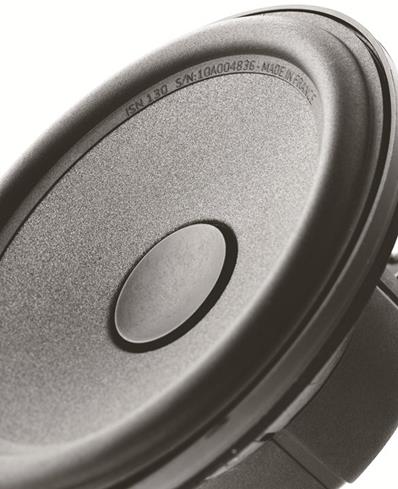
Click on a letter below to jump to that section of the glossary.
A B C D E F G H I J K L M N O P Q R S T U V W X Y Z
A
Aluminum-coated polypropylene
Polypropylene coated with a thin layer of aluminum. The combination creates a stiff, lightweight material used in woofer cones.
Aramid
A synthetic fiber with excellent strength-to-weight properties. It can be woven into a fabric, or blended into polypropylene to produce lightweight, weather-resistant woofer cones that have the natural sound characteristics found in high-quality paper cones.
B
Butyl rubber
A rubber/butylene compound with excellent flexibility and durability. Used for speaker surrounds.
C
Cast aluminum
Cast metals have a greater resistance to resonance than stamped metals when used in speaker baskets. Cast aluminum combines light weight with rigidity and strength.
C.M.M.D. (Ceramic Metal Matrix Diaphragm)
First developed by Infinity for their home speakers, C.M.M.D. is a layered composite of thin ceramics and metal. This material is non-resonant, stiff and quite strong. It is notable for producing uncolored sound with excellent dispersion. C.M.M.D. is used for woofers, midranges and tweeters.
D
E
F
Ferrofluids
Ferrofluids dissipate heat that builds up in speaker voice coils. Since ferrofluids are magnetic, they don't require physical containment — the speaker's magnetic field holds the fluid in place.
Foamed IMPP
When polypropylene is injected as a foam into a speaker mold, the resulting material retains air bubbles that make it lighter without giving up strength.
G
Glass-imide
A blend of glass fibers and plastics with excellent heat resistance. Used in constructing voice coil formers.
Graphite-injected polypropylene
A composite material of polypropylene and graphite that is stiffer and stronger than regular polypropylene film.
H
HCL
HCL (HoneyComb-Laminate) is a laminate that combines layers of woven glass fiber with an inner core of Nomex honeycomb. The result is a very strong material, excellent for speakers that need to handle high power.
H.O.P. (Highly Oriented Polyolefine)
The molecules in Highly Oriented Polyolefine are arranged in linear strands, giving this material more inherent strength and rigidity than most other polymer films. H.O.P. is used by Sony for woofer cones.
I
IMPP (injection-molded polypropylene)
IMPP consists of polypropylene that is injected into a mold when forming the speaker cone. The speaker cone retains more stiffness, and is less colored by resonation, than cast polypropylene cones.
IMPP composite
To increase the strength and stiffness of IMPP, other materials are added to form IMPP composites. These materials are usually minerals like mica or carbon.
Injection-molded polypropylene
See IMPP.
J
K
Kaladex/Kaladax
A polyethylene film that features excellent stiffness, shape retention, and durability. Tweeters made with this material produce natural, uncolored highs.
Kapton voice coil
Kapton is a polymer that is often used in applications where high-temperature capabilities are important. It's well-suited for use in voice coil formers.
Kevlar®
Kevlar is the trademarked name of a synthetic fiber developed by DuPont as a substitute for steel in tires. Also used in body armor, Kevlar, blended with other polymers, is used in speaker cones for its light weight, strength, and rigidity.
L
Laminated polyester
This is a multi-layered material made of polyester fibers. This soft material has a natural, warm sound, much like silk.
M
Mylar
Mylar, developed in the 1950s, is one of the granddaddies of polyester films. Mylar is usually used in small speakers such as tweeters or midranges. It's unaffected by humidity and is fairly inexpensive. Also known as PET.
N
Neodymium magnet
Neodymium is one of several rare earth metals used in creating small, high-strength magnets. Neodymium magnets are usually used in tweeters.
Neoglass
A woven glass-fiber material. Neoglass is used in tweeters that need high power-handling capabilities.
O
P
PBO fiber
PBO (polybenzoxozole) is a polymer that can be extruded into fibers and woven into a tough material. This fiber is used to build woofer cones.
Pearl polycarbon
Polycarbonates are blends of polyester films and carbon. Pearl polycarbon is a very lightweight yet rigid material that works well in tweeters. Pearl refers to the bead-like microscopic structure of the polymer.
Pearl mica
Micas are a group of minerals composed of various amounts of aluminum, potassium, and other metals. Pearl mica has a distinct lustrous, pearl-like color. When injected into polypropylene, it yields a material that is dense yet sensitive — ideal for woofer cones.
PEI
See Polyetherimide.
PET
A generic name for Mylar.
Polyethylene
A polymer film material used in tweeters. Very similar in performance to Mylar.
Poly
See "Polypropylene"
Polycarbonate
A blend of polyester films and carbon resulting in a hard, non-resonant material used mainly in bright-sounding tweeters, and occasionally in constructing the speaker basket. Polycarbonates can be produced in a variety of colors, including transparent, for a distinctive look.
Polyester foam
Foam material with polyester fibers blended for extra strength and durability. Polyester foam is used for speaker surrounds.
Polyethermide
See Polyetherimide.
Polyetherimide
Polyetherimide, also known as PEI, Polyethermide, or Polyimide, is a very common polymer used for a variety of products. Its lightweight, shape-retaining properties, and high-temperature handling make it a good, reasonably-priced option for tweeter material.
Polyimide
See Polyetherimide.
Polymer/mica
A polymer film, such as polypropylene, made stronger by the addition of the mineral mica.
Polypropylene
A very popular material for car speakers, polypropylene is fairly rigid, with good internal damping, and complete weather-resistance.
PPC
See "Pearl polycarbon."
PPTA
A polymer film that is chemically the same as "Aramid," but produced as a film, rather than as a fiber. It has the same excellent strength-to-weight characteristics as Aramid, and is usually used in tweeters and midranges.
Pulp
Pulp (paper) woofers are inexpensive, and when properly engineered can provide great sound.
Q
R
Rubber
Rubber is one of the most common materials used for speaker surrounds. It gives the woofer the flexibility and strength it needs for extended use in the potentially extreme environmental conditions of your car.
S
Silk
Silk is often used in tweeters for smoother reproduction of the high frequencies, giving you a sound that's warm, mellow, and refined. Silk tweeters designed for high power handling are often reinforced with synthetic materials that add extra stiffness for improved damping, so they can pump out the volume while still keeping things smooth and maintaining accuracy.
Santoprene
Often used for speaker surrounds, Santoprene is a rubber and thermoplastic meld that is highly durable.
T
Textile
As opposed to metals or synthetics, textiles are used in tweeters for a smoother, mellower sound.
Titanium
Used in tweeters, titanium is extremely light and less resonant than aluminum, allowing it to reproduce high frequencies with extreme accuracy, but without the harsh edge that some audio enthusiasts attribute to aluminum tweeters.
Treated cloth
Many manufacturers use cloth in tweeters and speaker surrounds for its responsiveness. That cloth is treated with additional materials that reinforce it for durability.
U
V
W
Woven fiberglass
Many woofer cones use this blend of plastic and glass fibers for its accuracy in the midrange and resistance to wear and tear. Its woven pattern increases flexibility and enhances responsiveness.
X
Y
Z
Comments (4)
Please share your thoughts below.




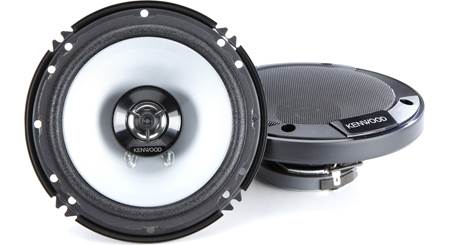
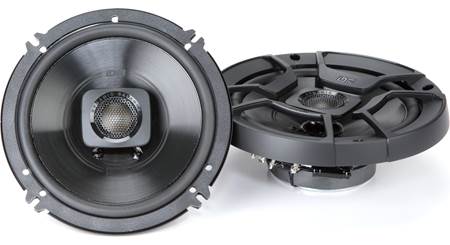
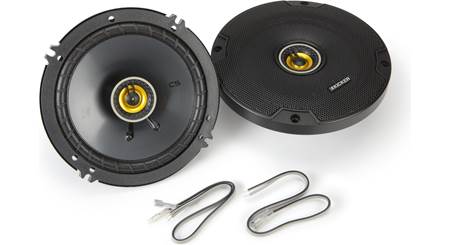
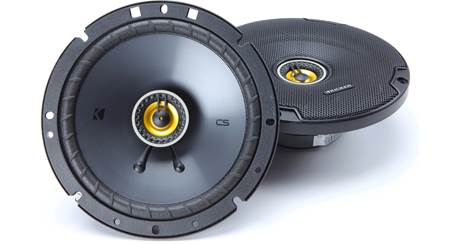

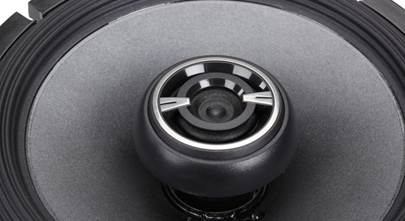
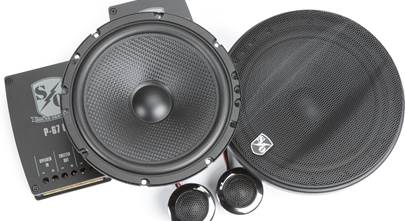
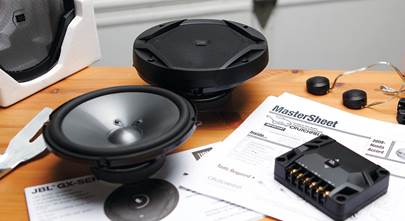
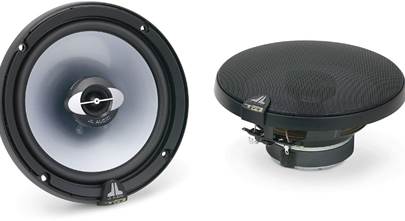


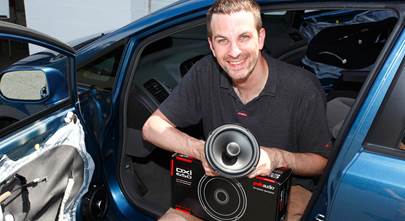
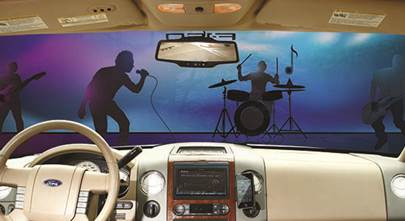
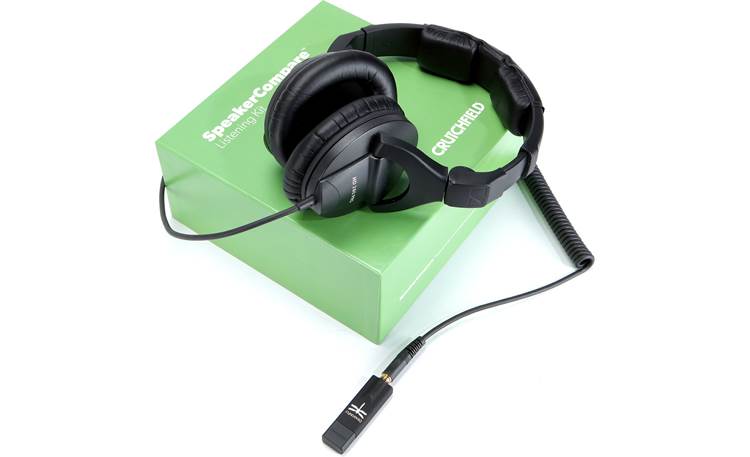
Nick from Ojai
Posted on 3/10/2022
Could you please add Rohacell a PMI rigid foam used by B&W, Genelec, Alpine and numerous others for hi-end sandwich construction speaker cones?
Mike
Posted on 1/17/2021
One thing I have seen on occasion is "MRC" or Mica Reinforced Cellular. What is this?
Peter Hockett HiFi from Bristol
Posted on 10/25/2020
Really interesting and informative. Reading this makes me want to find out more. Thank you
Samiullah
Posted on 2/3/2019
Excellent! Thank you so much!